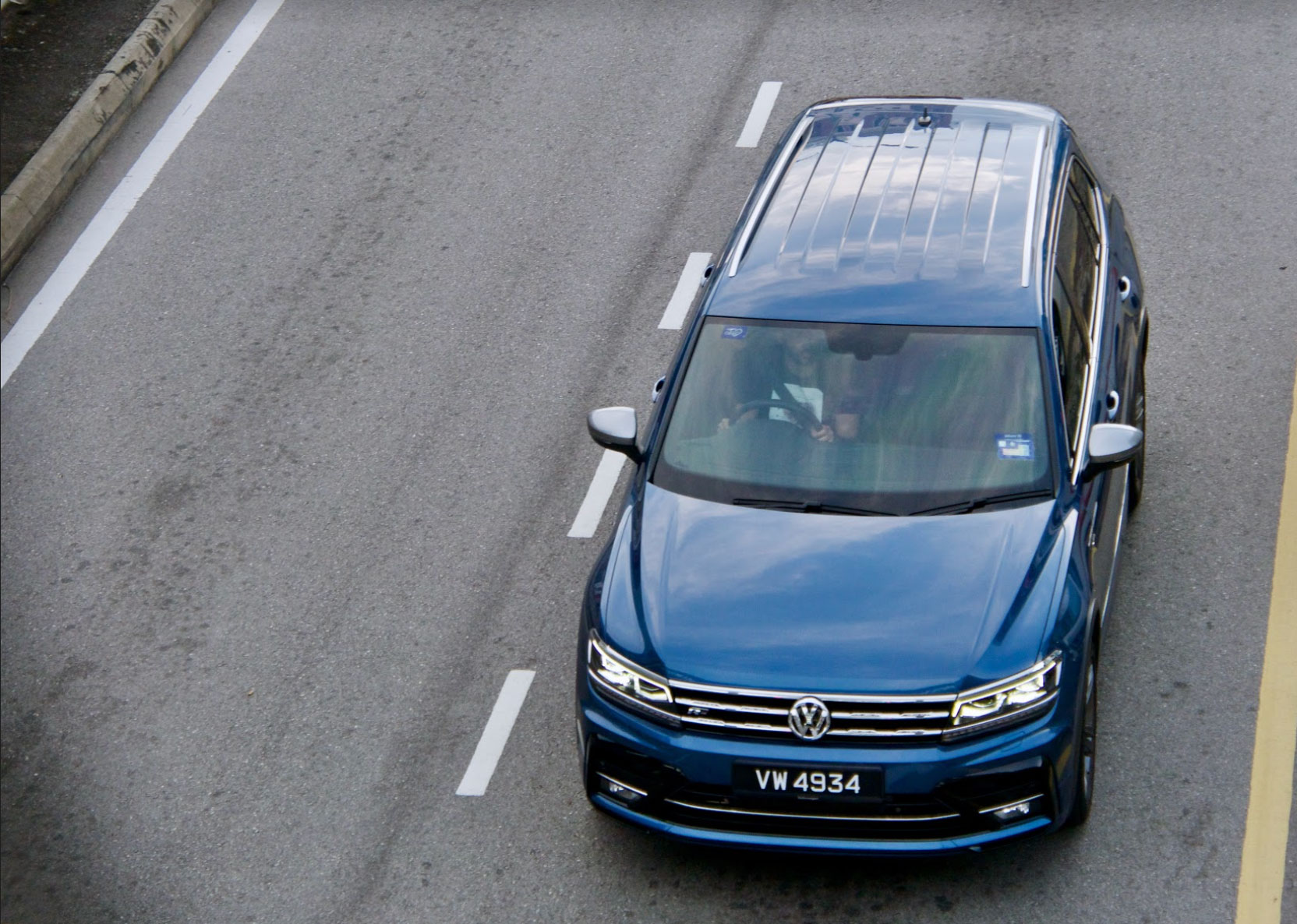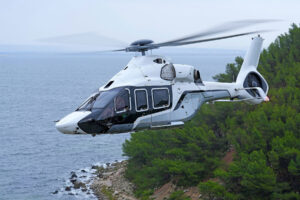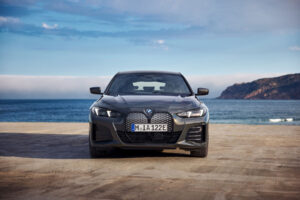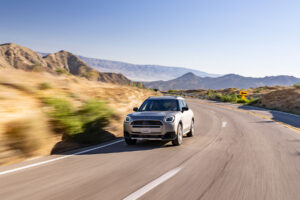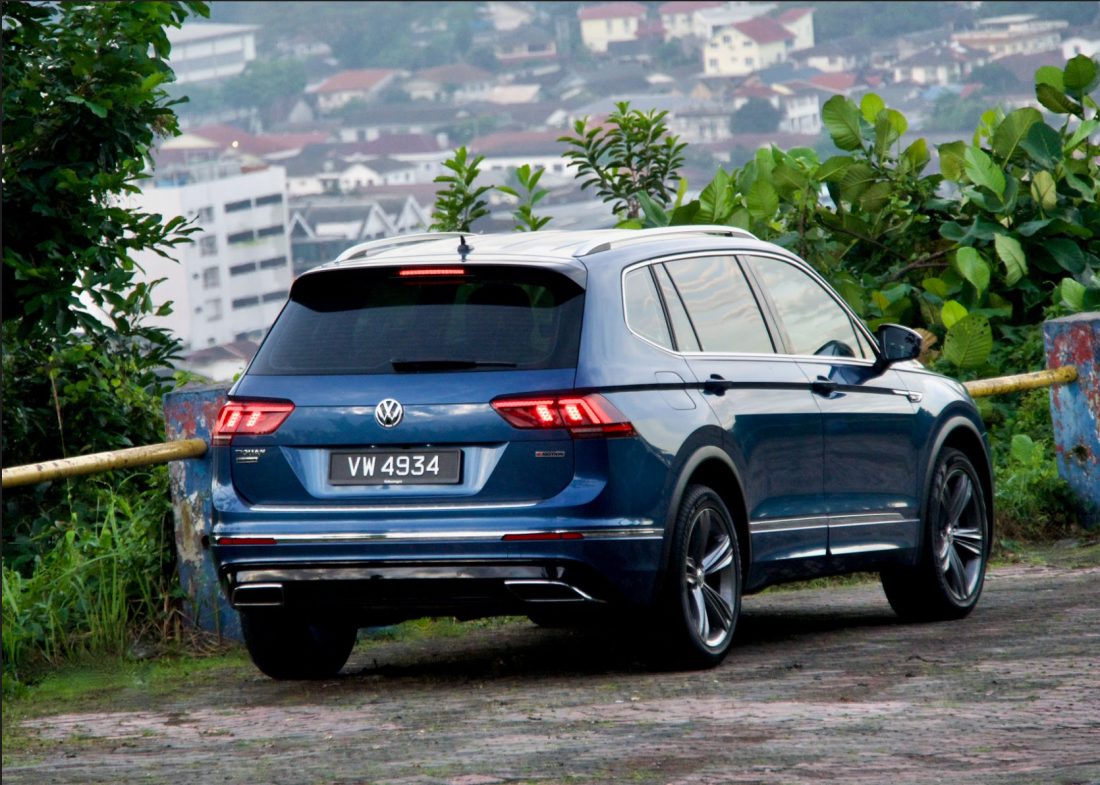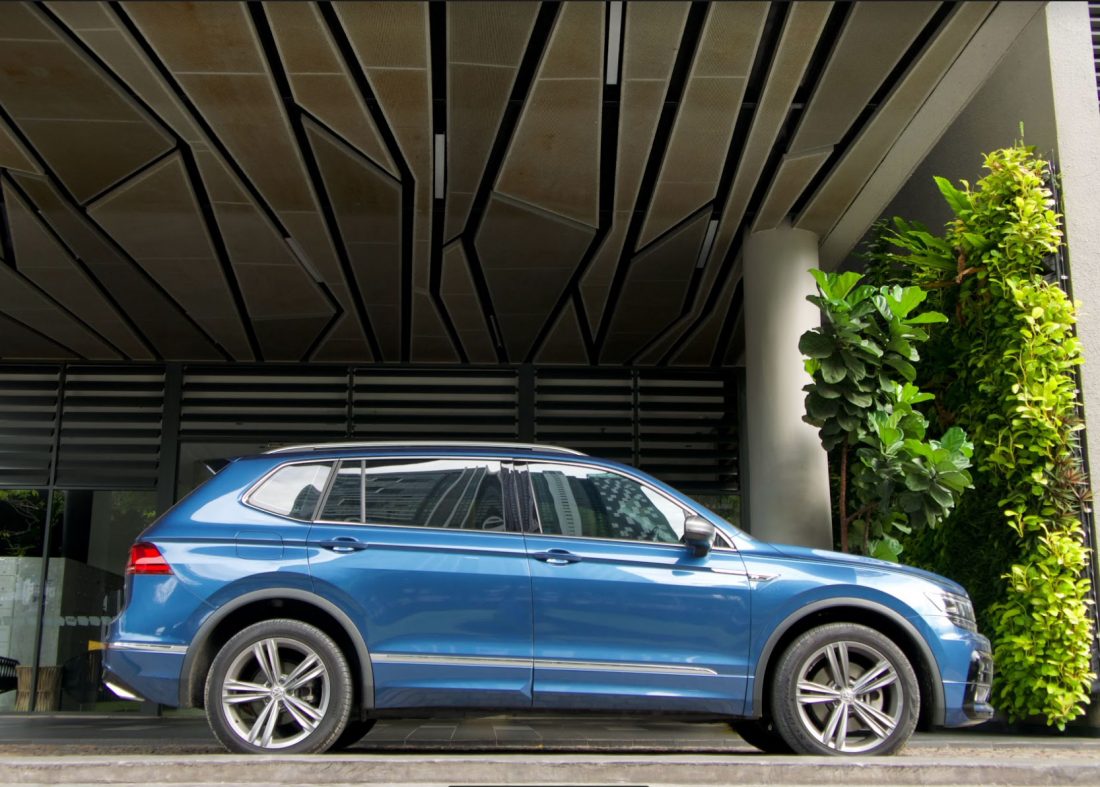The standard Tiguan is a decent SUV, of this there is little doubt. It entered the game at the right time, when the SUV craze was very much in its upswing and brought with it all the sombre efficiency typical of Volkswagen’s products. And now, in its second generation, they’ve gone and lengthened it.
For the Malaysian market, the Tiguan stands in a special space. It avoids the crowded Asian segment and stays well under the C-Segment Germans i.e. BMW X3, Mercedenz-Benz GLC and Audi Q5, not forgetting the Swedish upstart, the Volvo XC60. Direct competition here is thin, including such cars as the Peugeot 5008 and Renault Koleos, of which only the former offers third-row seats.
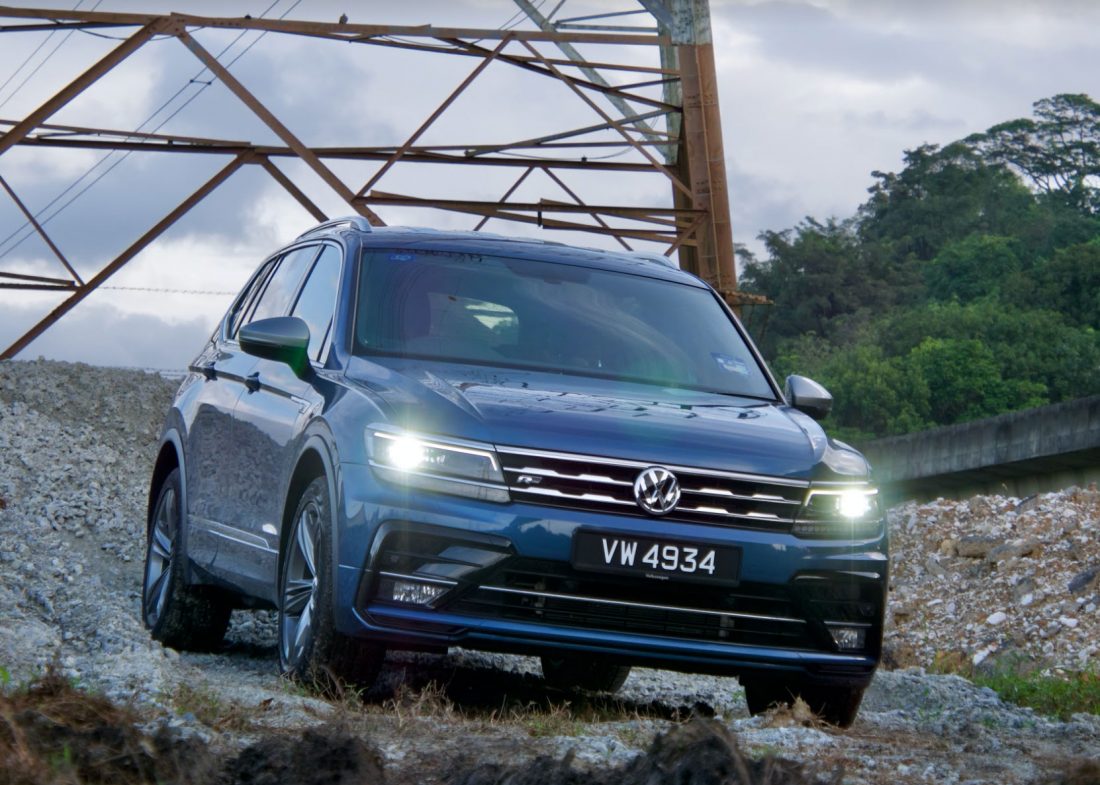
Volkswagen is not the only manufacturer to literally play the long game, it should be noted. Soon after the launch of the Tiguan Allspace in the global market, Lexus introduced the RX L – an extended version of the RX SUV with three rows of seats. The small gap between these launches makes it clear that Lexus was not inspired by Volkswagen to do this, but had the same idea to augment a successful product. You see, the Lexus RX is the bestselling model in the brand’s lineup.
This seems a digression, but it isn’t. Making an SUV, the automotive world’s synonym for practicality, even more practical seems at face value to be a good idea. But let’s take a closer look.
The Drive
What’s great about the R-Line is that you don’t just get some racy bits and larger rims – which admittedly in this test unit’s Blue Silk hue, make it look quite sharp. Under the hood sits Volkswagen’s ubiquitous EA888 2.0-litre engine, and here it pushes out 220 PS with 350 Nm of twist. For context, that’s marginally less power than a Mk7.5 Golf GTI with the same torque. It is, therefore, able to move in a hurry: going from 0-100km/h in just 6.8 seconds. Remember to give the gear lever a cheeky flick backward to Sport to hang on to your gears a little longer.
You’re not going to get anywhere near the agility of a Golf though, especially since the Allspace is a significantly longer than even a standard Tiguan and weighing much more. Having said this, this is probably peak agility in the segment – the R-Line comes with all-wheel drive and some chassis trickery in the form of Dynamic Chassis Control (DCC).
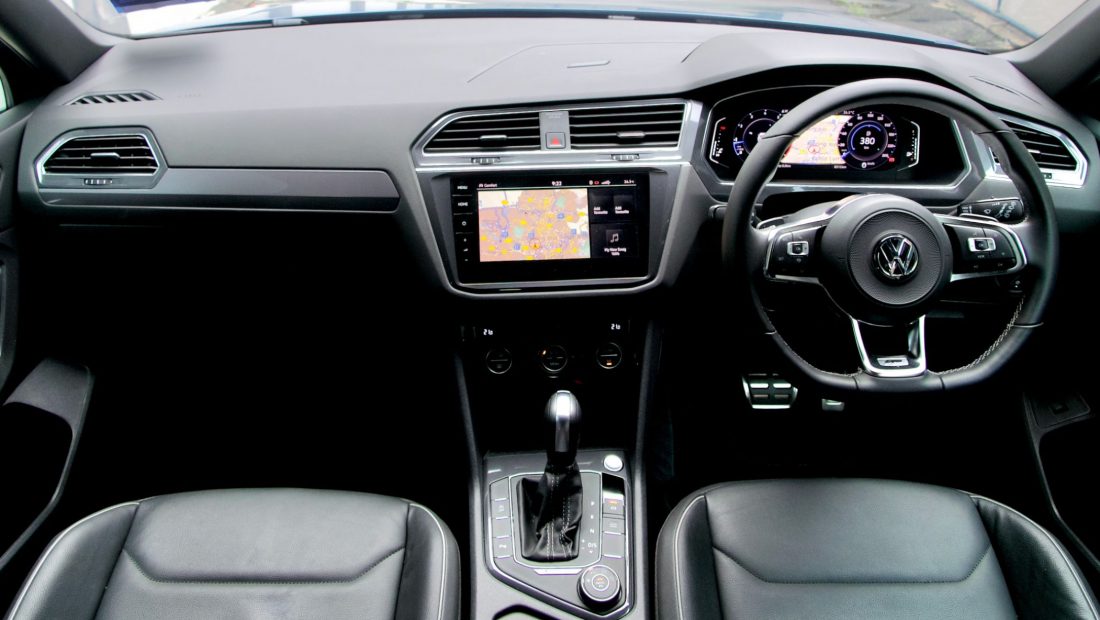
With a few standard modes and a fully-customisable one called Individual, the steering and damping of the Tiguan can be altered to suit the situation. The winding uphill, say to the Genting Highlands Premium Outlet, would be easily dispatched.
#FirstClasseGoesTo Fraser’s Hill with Zahir Omar and family
Zahir Omar and his two daughters recently joined us on a road trip to Fraser’s Hill in the Volkswagen Tiguan Allspace R-Line. Here’s what happened on our adventure.
You can turn it up, but you can also turn it down. DCC offers a Comfort setting to soften proceedings and relax the steering response somewhat. As tested, Normal mode seems to strike the perfect balance. Comfort would be most appropriate for the long, interstate journeys, with the softest damping and laziest steering.
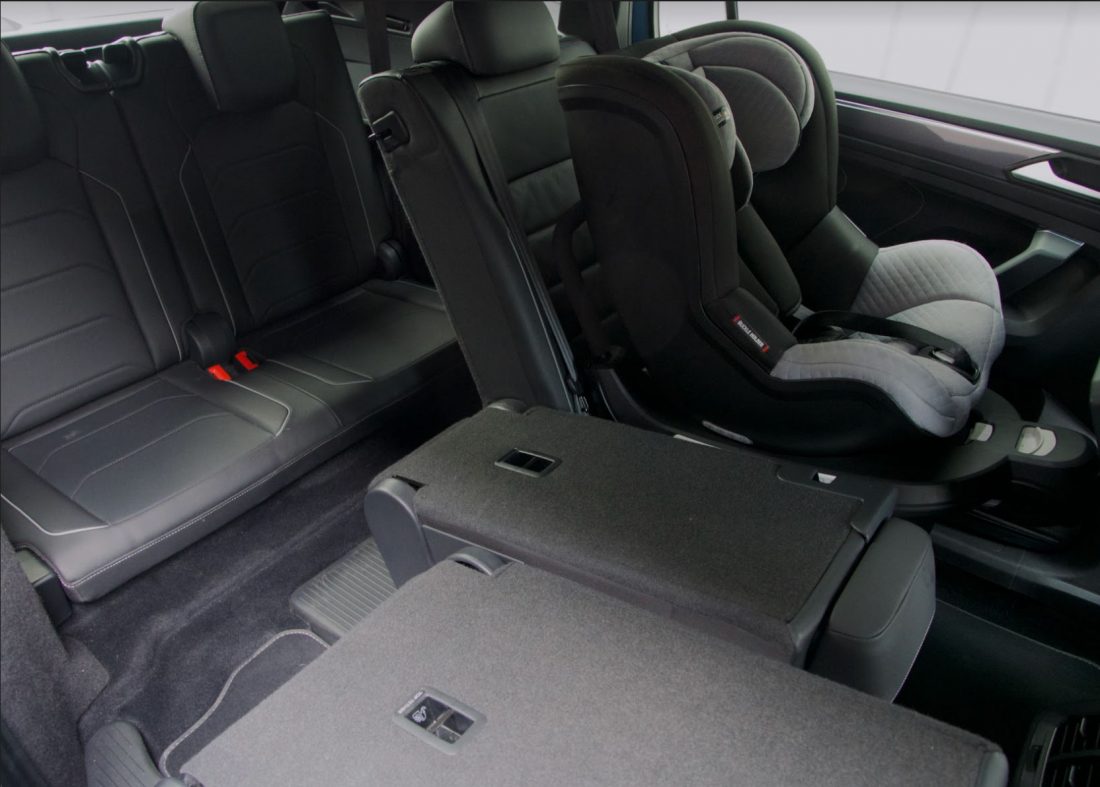
The Experience
The Tiguan’s cabin is a no-nonsense Teutonic situation, like the kind of meeting room that serves its purpose but doesn’t inspire anyone to linger and appreciate the interior design. It’s just a wash of black and grey, fully functional but little else.

The digital instrument cluster is really the main event here, 11.7 inches of highly-customisable display including a full map option. Used properly, there is little to no need for the driver to mess with the central infotainment screen at all when on the move. Speaking of, in the R-Line, it covers 9.2 inches and offers Apple CarPlay and Android Auto as standard, with some nifty gesture control.
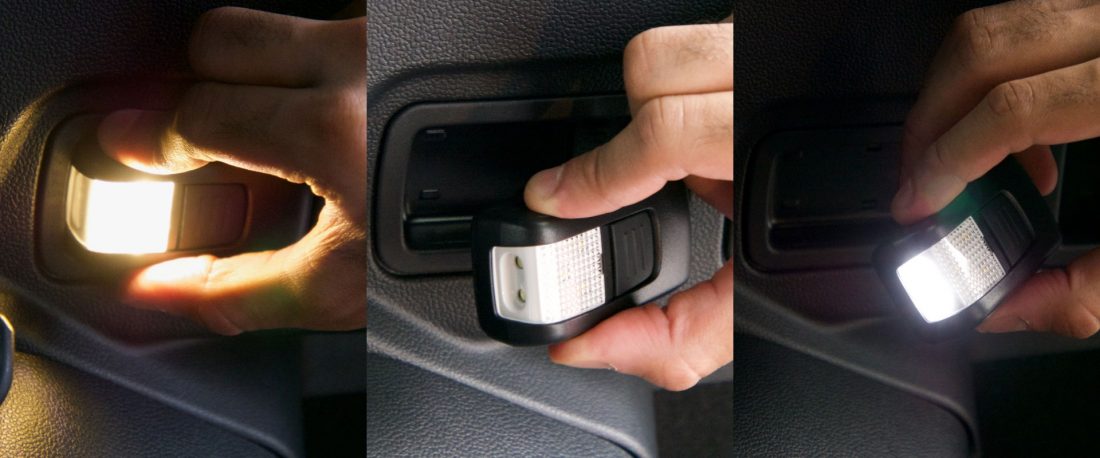
Some thoughtful touches of practicality can be found here as well, such as the removable cabin light in the boot area which doubles as a torchlight. For second-row passengers, the centre console provides both a 12V socket and a USB port. All seats are wrapped in Vienna leather, including the R-Line sports front seats.
For the purposes of what this car is most likely to be used for, this writer chucked in a proper ISOFIX toddler seat for good measure. When in Rome, they say.
The Verdict
In as few words as possible, a good car has been made better. With two more seats, the Tiguan Allspace is more practical with no significant disadvantages over the standard Tiguan. And when you don’t need them, you can fold them down and have a two-row SUV with a larger boot area. Win-win.
With regards to other, non-VW options, you could go for the usual suspects and save a little, but if you can stretch to the Tiguan, you’ll enjoy a little more sophistication in the overall experience for your premium.
In isolation, however, let’s list out what you’re precisely paying for with 200 grand and change. A torquey engine, a solid and comfortable cabin and as much space as you could possibly ever need in a family car.
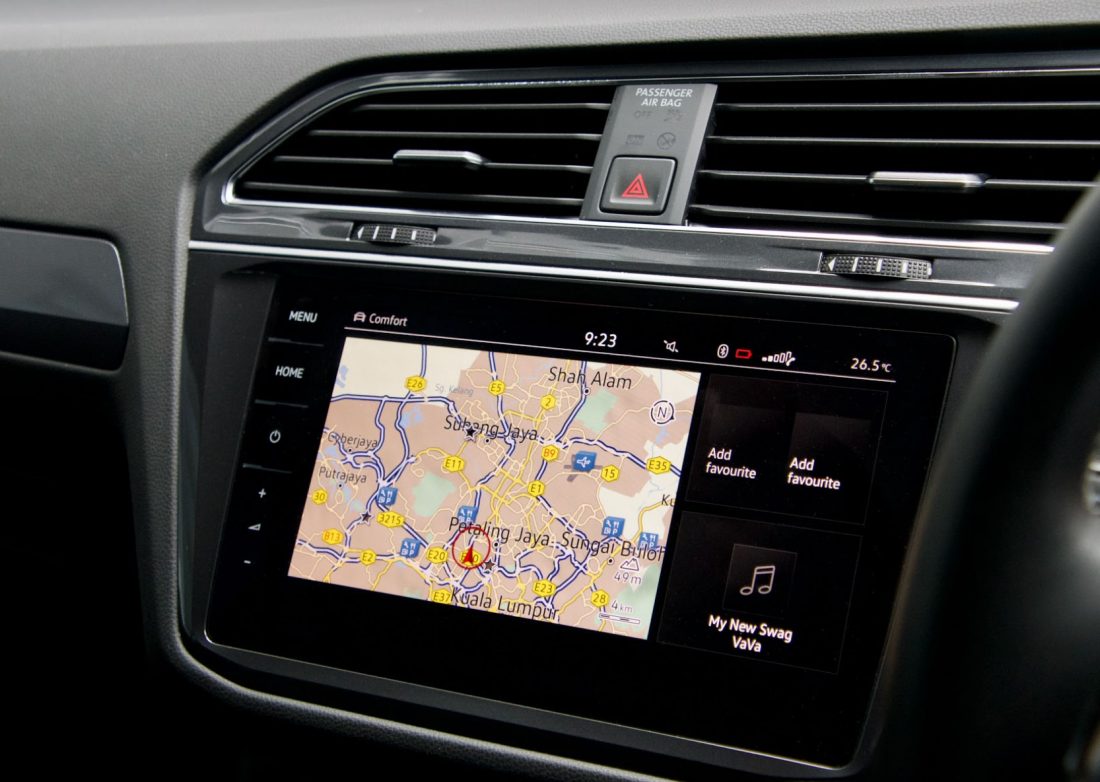
Thus, the Tiguan Allspace is a solid, comprehensive family SUV, with space for another two. This has been settled. Beyond this, the question of whether or not the R-Line is necessary over the 1.4 TSI Highline is as straightforward as whether the driver would stare longingly at a Golf GTI in the showroom every time they went in for an oil change.
Vague? Here is the non-cryptic conclusion: the Tiguan Allspace is a better Tiguan. The powerful R-Line is better twice.
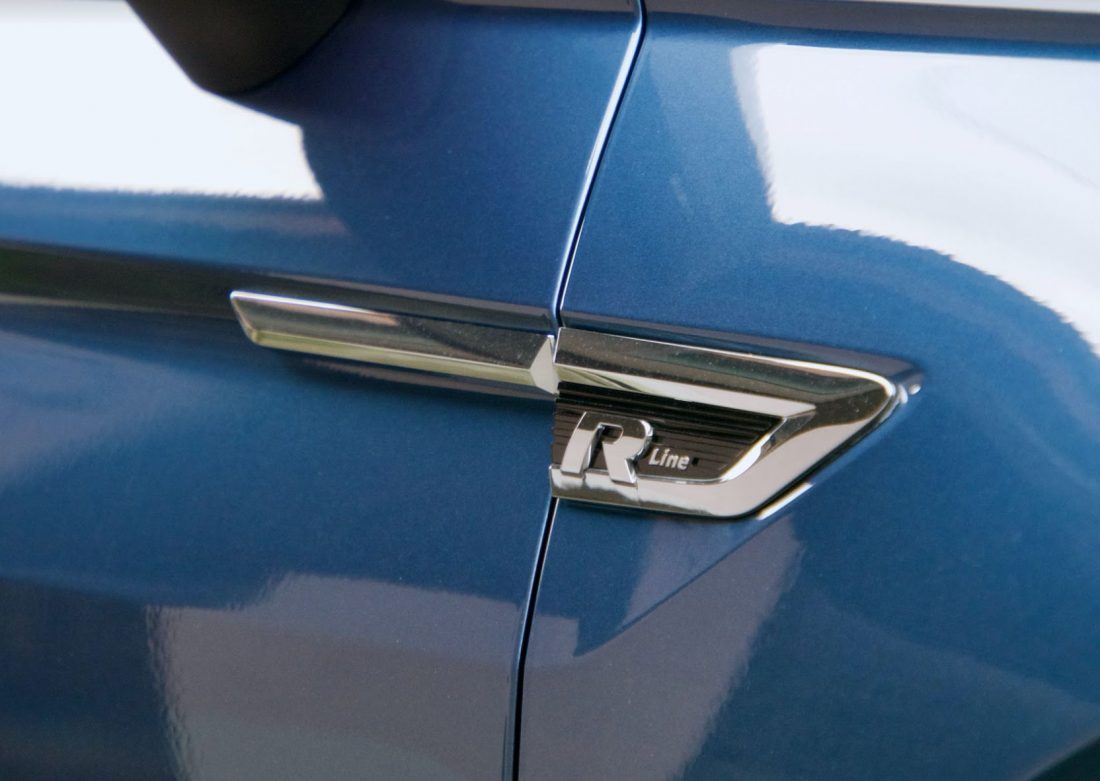
The Volkswagen Tiguan Allspace R-Line is available from RM209,637 on the road without insurance (with sales tax relief).
Log on to the official website here for more information.
(Photos: Subhash Nair)




